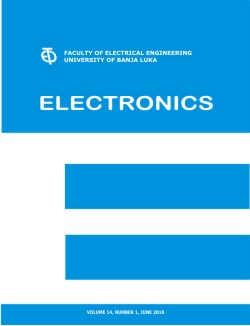Real Measurements and Evaluation of the Influence of Atmospheric Phenomena on FSO Combined with Modulation Formats
DOI:
https://doi.org/10.7251/ELS1620062LAbstract
The influence of atmospheric environment is fundamental for Free-Space Optical link (FSO). The atmosphere can significantly degrade the communication quality of FSO up to so low received power/RSSI level that it can lead to the loss of communication. For this reason, authors used a professional weather station built on site of FSO link for measurement of real atmospheric conditions such as wind speed, temperature, relative air humidity, air pressure and solar radiation. Random changing of these atmosphere parameters creates atmospheric turbulences, absorption and dispersion centers. It is necessary to specify the value of refractive index structure parameter Cn2 because it determines the influence of atmosphere on the FSO. The first part of this article includes the theoretical calculation of Cn2, there are used two models PAMELA and Macroscale-Meteorological model. The evaluation of the atmospheric influences and the RSSI value of received power level and also simulation of different types of modulation formats OOK-RZ, OOK-NRZ and BPSK in Optiwave is in tegral part of this article.Downloads
Published
2017-07-14
Issue
Section
Чланци

